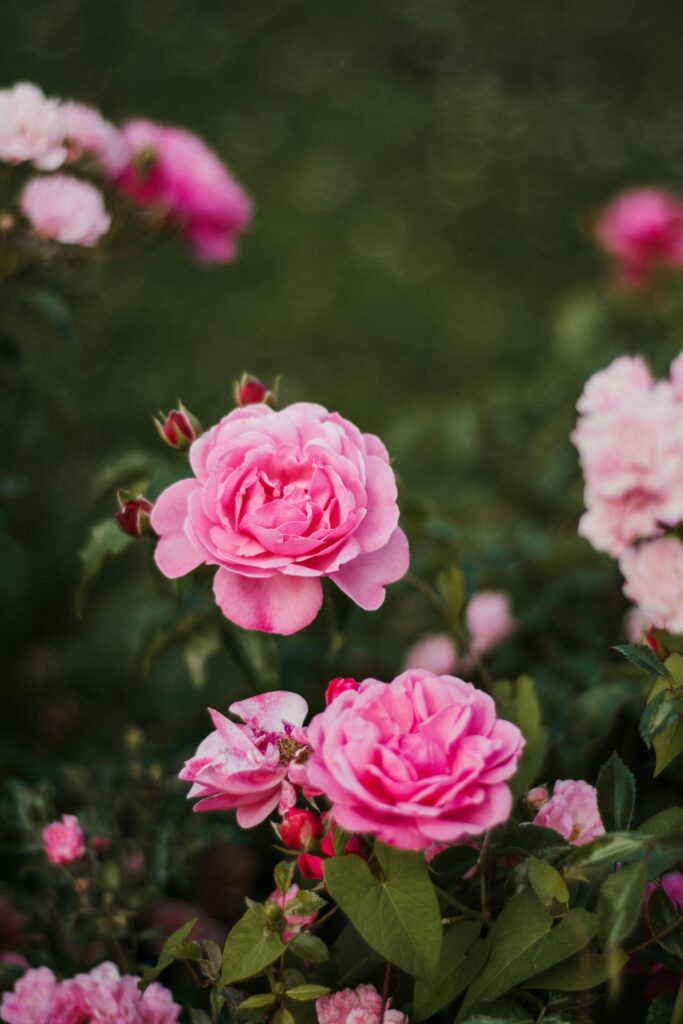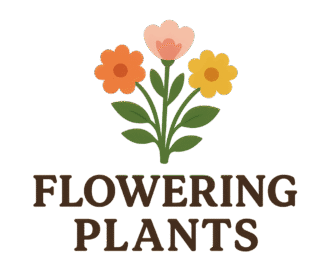
One of the most beloved flowers in history for a very long time has been the rose plant. It wins over gardeners, florists, and flower lovers worldwide with its elegant shape, brilliant hues, and enduring scent. The rose is a flower that appeals to the eyes and the soul because of its profound symbolic meaning, which goes beyond its aesthetic appeal. Roses can add elegance and charm to any space, whether you are a novice attempting to add your first flowering plant to a garden bed or an avid gardener looking for a focal point for your collection. To know more about rose plant, visit my website.
Table of Contents
What is a Rose Plant?
Rose plants are members of the genus Rosa and the Rosaceae family. With thousands of cultivated varieties and more than 300 naturally occurring species, they are immensely varied. There is a rose for almost every environment, style, and function, thanks to this diversity. Roses can grow as enormous climbers that hang over fences and trellises, compact ground covers, or mid-sized shrubs. Their flowers can range in complexity from multi-layered blossoms with intricate folds to as basic as a single row of petals. They are among the most adaptable plants you can cultivate because of their diversity.
Why Roses Are So Loved
Aesthetic Appeal:
Rose plants are available in an astonishing range of colors—deep reds, crisp whites, cheerful yellows, soft pinks, warm oranges, and even delicate lavenders. Their naturally symmetrical blooms and velvety petals make them stand out in bouquets, vases, and garden borders.
Symbolism:
Roses are famous for their meanings. A red rose plant often stands for love and passion, a white rose for purity, a yellow rose plant for friendship, and pink for admiration or joy. Their symbolic language allows them to communicate feelings without a single word.
Versatility:
Roses aren’t just for gardens or floral arrangements. They are also used in the production of perfumes, essential oils, skincare products, teas, and even certain culinary dishes. Their petals and extracts have been cherished for centuries in both traditional and modern uses.

Types of Roses
- Hybrid Tea Rose Plant – Known for their large, elegant blooms on tall stems, making it a classic choice for cutting and displaying in vases.
- Floribunda Rose Plant – These produce clusters of flowers, offering a continuous display of color throughout the growing season.
- Climbing Rose Plant– Vigorous plants that can cover trellises, arches, and fences with cascades of blossoms.
- Miniature Rose Plant – Small but striking, perfect for container gardening or as decorative borders.
- Shrub Rose Plant – Hardy, low-maintenance, and often disease-resistant, making them ideal for landscaping and mass plantings.
Basics for Growing a Rose Plant
- Climate & Location – Roses thrive in temperate regions where the seasons are distinct. Choose a location that gets at least 6 hours of direct sunlight each day, as light is essential for healthy blooms.
- Soil Preparation – Use nutrient-rich, loamy soil with plenty of organic matter such as compost or well-rotted manure. A slightly acidic to neutral pH (6.0–7.0) is ideal.
- Planting – Plant in autumn or early spring so the roots can establish before extreme weather. Allow enough space between plants to improve airflow, which helps prevent disease.
- Watering – Water deeply and consistently, keeping the soil moist but never waterlogged. Always water at the base to keep leaves dry and reduce fungal problems.
- Fertilizing – Feed roses every 4–6 weeks during the growing season with a balanced fertilizer to encourage strong growth and abundant flowers.
- Pruning – In late winter or early spring, prune to remove dead, damaged, or overcrowded stems. This encourages new growth and better air circulation.
Common Pests & Diseases
- Aphids: Small insects that cluster on new growth, sucking plant sap and causing distorted leaves.
- Black Spot: A fungal disease that leaves dark, round spots on leaves, often causing them to drop early.
- Powdery Mildew: Appears as a white, powdery layer on leaves and stems, particularly in dry, warm weather.
- Rust: Causes small, rust-colored spots on the undersides of leaves, often spreading in damp conditions.
Keeping the area around your roses clean, ensuring good airflow, and checking your plants regularly are the best defenses against these problems.
Care Tips
- Apply mulch to help maintain soil moisture, regulate temperature, and keep weeds under control.
- Remove spent blooms (deadheading) to encourage more flowers.
- Inspect plants weekly during the growing season so you can catch and treat problems early.
Fun Facts
- The oldest known rose fossil is estimated to be around 35 million years old, proving they’ve been around far longer than humans.
- Roses are the national flower of the United States, the United Kingdom, and several other countries.
- They have been cultivated for more than 5,000 years, appearing in ancient gardens from China to the Middle East
Roses: Complete Guide to Growing, Caring, and Using the Queen of Flowers
Best Companion Plants for Roses – Plants that enhance rose growth and help deter pests.
Organic Pest Control for Rose Plants – Natural ways to keep your roses healthy.
Seasonal Rose Care Guide – How to care for roses in spring, summer, fall, and winter.
History and Symbolism of Roses Around the World – Cultural meanings and traditions linked to roses.
How to Propagate Rose Plants – Step-by-step methods for growing new roses from cuttings.
Most Fragrant Rose Varieties for Your Garden – Choosing roses for scent as well as beauty.
Common Mistakes in Growing Roses (and How to Avoid Them) – A troubleshooting guide for beginners.
Using Roses in Cooking and Herbal Remedies – Edible and medicinal uses of roses.
Landscape Design Ideas with Roses – How to style your garden with different rose types.
Award-Winning Roses You Can Grow at Home – Recognized varieties with great performance.
Conclusion
Roses are more than just a beautiful addition to a garden—they’re living pieces of history, symbols of love and resilience, and sources of fragrance and color that can brighten any space. While they require attention and a bit of patience, the reward of seeing their blooms open in the sun is worth every effort. Whether you grow them for personal enjoyment, for floral arrangements, or their many practical uses, roses will always hold a special place in the world of gardening. To know more about rose plants, visit this site.
